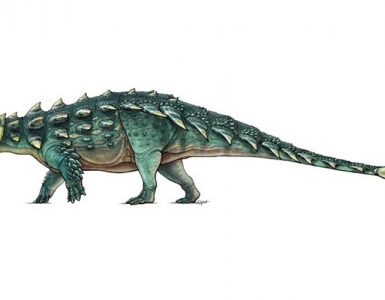The study “shows without any significant doubt that we are now entering the sixth great mass extinction event,” said co-author Paul Ehrlich, a Stanford University professor of biology. “And, humans are likely to be among the species lost.”
The researchers used historical data and fossil records of the extinct vertebrates, or animals with internal skeletons such as frogs, reptiles and tigers. Then the rate of extinction of species in the modern times was compared to the rates of extinction before the human activities started interfering with nature.
This rate is known as the background rate and is hard to compare as the data cannot be always trusted. The other reason is that the rate of extinction before the humans came into being cannot be calculated accurately since nobody knows for sure what happened in the time before the humans. The study revealed that in the last 115 years, more than 400 vertebrates have become extinct.
The study also suggested that if the current rate of extinction goes on, it will start affecting the humans in as little as three generations, which is a very small window in order to protect any species. As of now the International Union for Conservation of Nature has said that about 41 per cent of all the amphibian species and 26 percent of mammals are under the threat of extinction. It would take nature millions of years before it returns to balance again. The mass extinction has occurred 5 times on earth, the last one being 65 million years ago when the extinction of dinosaurs took place. This study indicates that the same fate might befall humans resulting in complete extinction.
It was suggested that rapid and intensified efforts towards saving the environment and the threatened species are needed so that the pressure on their population can be eased a bit. Steps towards helping preserve their habitat and way of life would be of great use at a time like this.






















